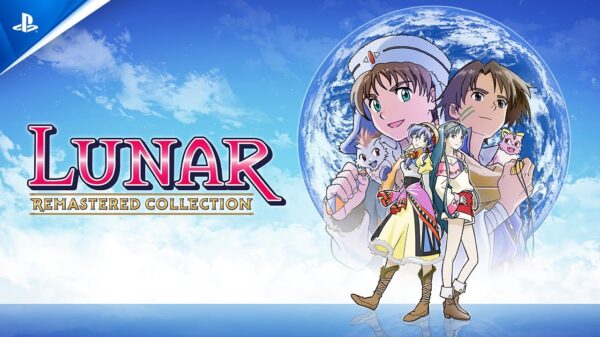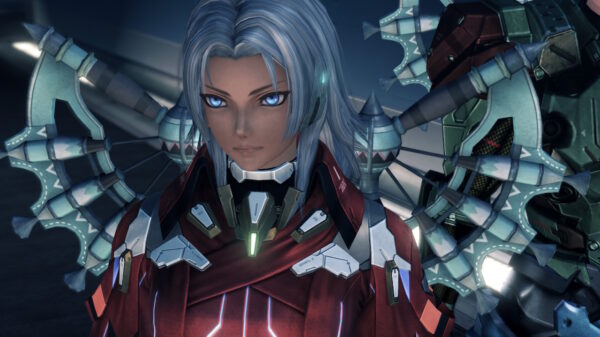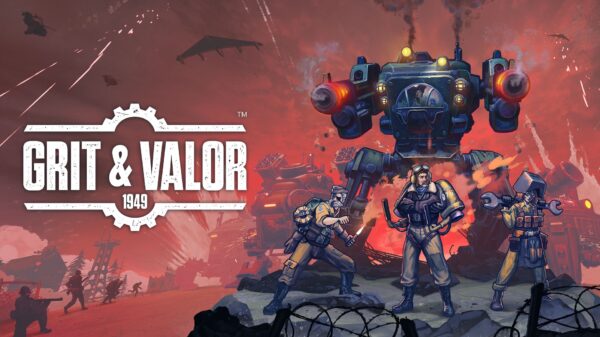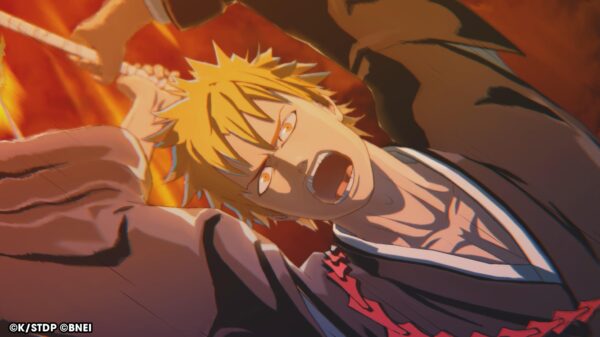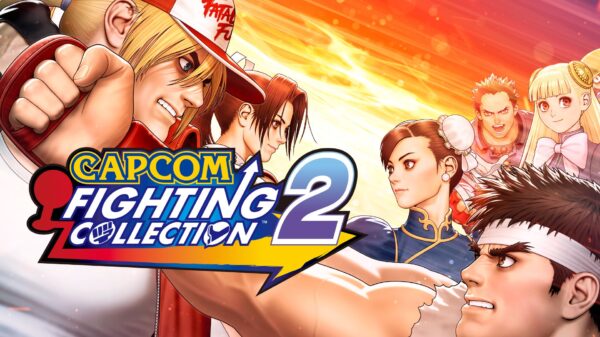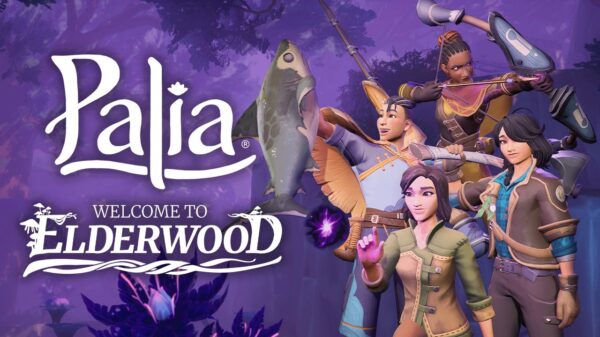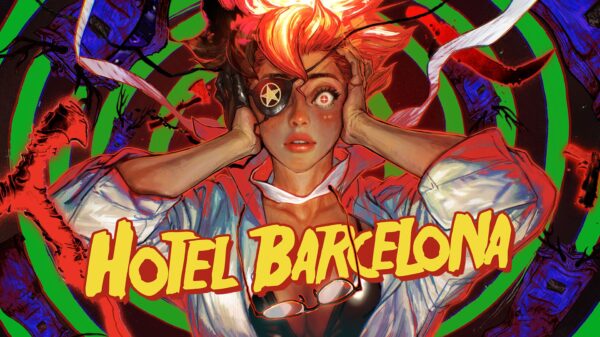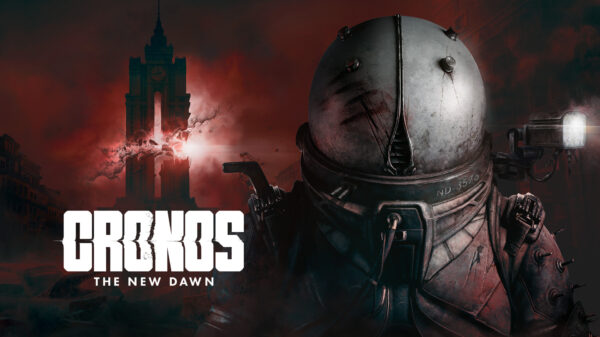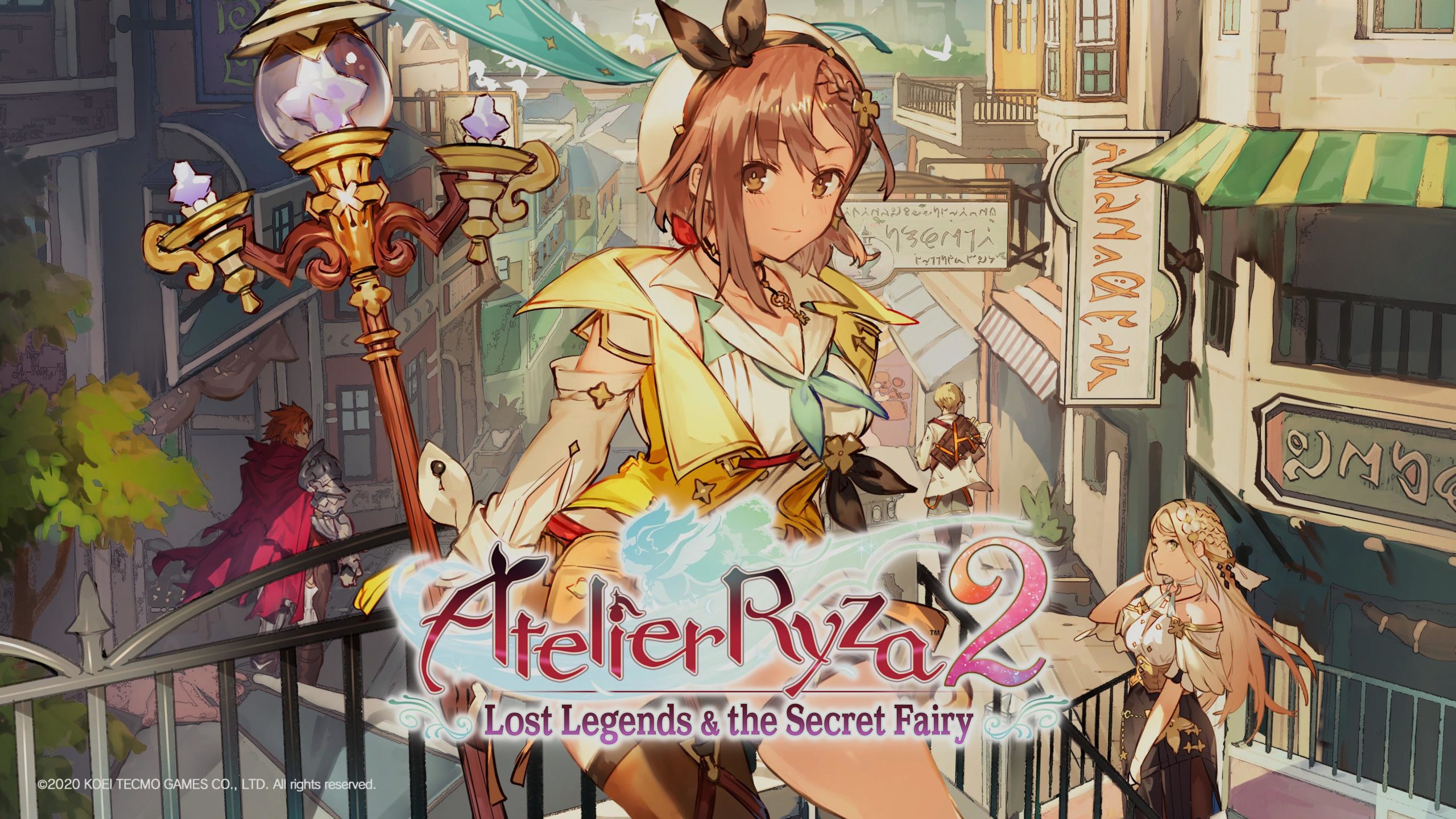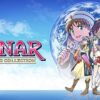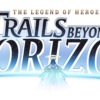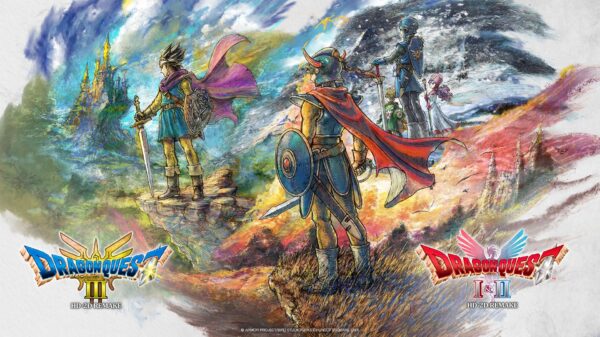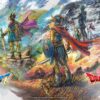I think the goal when creating a sequel to a successful game is to make sure you capture what people liked about the game and expand upon it in a way that doesn’t alienate the existing player base or turn away new players. Atelier Ryza 2: Lost Legends & the Secret Fairy might make a few missteps, but, considering how few JRPG direct sequels are received well, it manages to accomplish what it set out to do. Reading through my review of Atelier Ryza: Ever Darkness & the Secret Hideout, I was able to see what about the first game I enjoyed so much and compared that to Ryza 2. My gut reaction lines up with how I felt about the first game and even though I have my issues with Ryza 2, I think it’s a pretty great sequel all around.
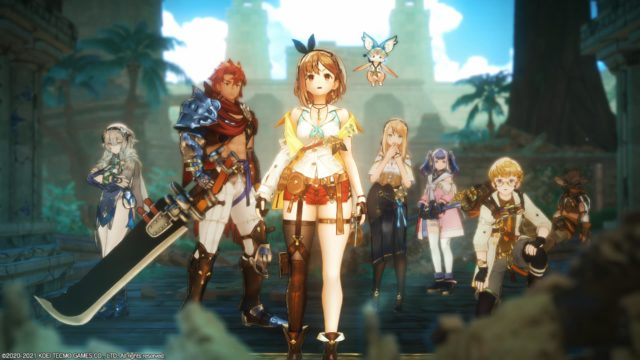
Atelier Ryza 2 – Lost Legends & the Secret Fairy
Developer: Gust Co. Ltd.
Price: $60
Platforms: PS5 (reviewed), PS4, Nintendo Switch, PC, and Mac
MonsterVine was provided with a PS5 code for review
Ryza 2 takes place three years after the events of Ever Darkness & the Secret Hideout. Ryza and her friends are now 20 years old and have left Kurken Island for the big capital! I found this humorous, but it made me realize this sort of fantasy was almost universal — the fantasy of leaving your humdrum suburban or rural life for fast times in the big city! Ryza arrives and reflects on what brought her there. Exposition is a big sticking point for me and usually evokes a long groan. The Japanese love their long-winded exposition. As a westerner, I hate this. But, to Gust’s credit, it’s both interesting and fairly to the point. While Ryza’s pretty much ready to leave Kurken Island for the big city on her own, and seemingly out of pure boredom, she gets an unlikely visitor. Moritz Brunnen, father of Ryza’s rival Bos Brunnen, shows up to give Ryza a task. He has an old Brunnen treasure that he believes has magical properties.
If you didn’t play the first game, Moritz Brunnen is the most powerful man on Kurken Island because his family controls the town’s water supply. His son, Bos, took on his father’s arrogance and picked on the other kids of Kurken Island. As the game went on, Moritz and Bos turned into primary antagonists and only started working with Ryza when they saw the results of their selfishness and greed. While they seem to have put their differences aside by the end of the first game, Roteswasser Kingdom has a very strict aristocracy, which is why he’s a bit of a surprise visitor. Clearly, he understands that something with magical properties would be best in an alchemist’s hands and knows that Ryza is quite special. So it’s off to Ashra-am Baird, the capital city, to meet up with her old friends and meet some new ones.
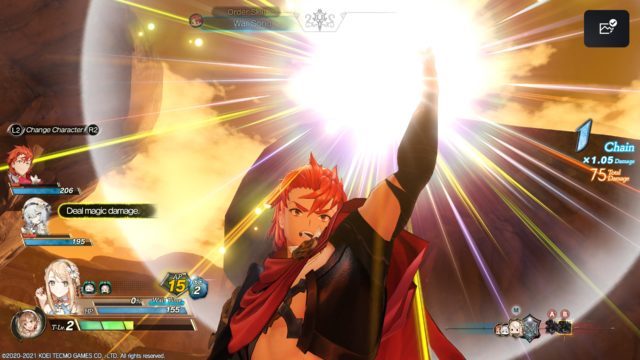
Much of the original cast returns in Ryza 2. Primarily the original friend group of Klaudia, Lent, and Tao. We immediately start to see some differences and how the characters have evolved from the first game. No longer is Tao the background bookworm, now he attacks enemies head-on with two daggers and an agile form of fighting. This was a welcomed change. He’s still kinda dorky, which maintains a portion of the original character, but he’s become more assertive, especially in combat. This isn’t just story related, either. Tao is more effective in combat and overall seems more useful in the party. Klaudia as well, no longer simply playing the flute (that would annoyingly clash with the game’s soundtrack) and simply buffing the party. Klaudia is now primarily using her bow and releasing heavy amounts of damage. Likewise, the new characters feel more combat-focused as well and, unusually for me, I found myself switching my party around almost constantly. I felt like everyone was a viable choice in any party.
Combat has changed quite a bit. Instead of two teams facing off head to head, the battle now takes place in an arena. Instead of party versus party, enemies now face the party member they plan on attacking and the player has the opportunity to switch to the character being attacked and hitting a defend button to gather Action Points or AP. The tactics system still remains, where using AP generates tactics points to increase your tactics level, allowing more attacks and building up more AP. Fatal Drive also makes a return, allowing you to expend all your AP and tactics points to unleash a very powerful attack, causing your tactics level to return to 1. Unfortunately, it’s introduced pretty late in the game. For the first game, it made sense. These were kids, newly learning their combat abilities. However, they learned fatal drive in the first game. You’d think considering they’ve all improved in their combat abilities, this one would be familiar enough that, once reunited, was something they remembered.
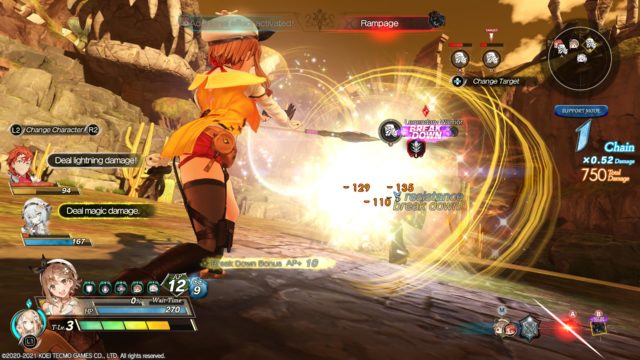
You’re now able to have a supporting character that can swap in and out of the battle with a single button press that allows for more tactical combat. This ended up saving my butt quite a few times. Several times I’d end up fighting an enemy that I was struggling to build up stuns on before a big attack and chaining with the support character made that much easier. The ability to tell the entire team that they’re free to use AP with their skills also made some of these fights a bit more tolerable, kicking off action orders for each other even when it wasn’t my turn. I don’t like how the battle takes place in an arena now, but the further I got into the game the more I appreciated the battle system. I thought the original battle system was excellent and while there are some trade-offs with the new-ish battle system, I think they came out ahead overall.
As we learn from Tao, there are some ruins he’d like to check out in the immediate area and learn from them. Patricia’s father, an aristocrat, has an apartment Ryza can use and if she does some alchemy for him, he’ll let her stay there rent-free! Everything’s coming up Ryza! As they explore the ruins, the treasure Moritz Brunnen gave Ryza begins to shimmer. It appears to react to the ruins. We begin to learn that ruins are going to be the primary force driving the story in Ryza 2. As you enter ruins, you begin to discover research points through chests, undiscovered resources to gather, fighting enemies, and points of interest. You can see all of the research you’ve uncovered in your exploration diary which keeps track of everything you’ve discovered in the ruins as well as the stories within.
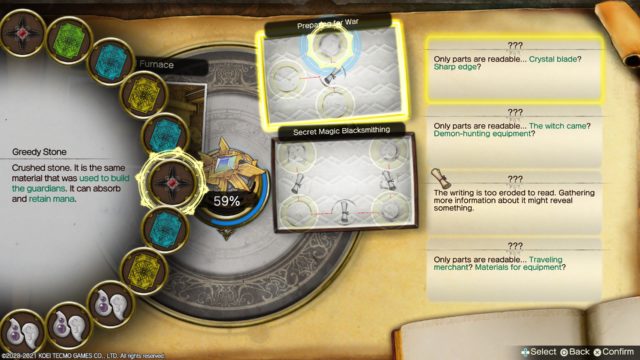
The first tool you’re given for the ruins is the Compass of Recollection which guides you around the ruins to find the Ruin Fragments, Ruin Crystals, and Memory Vestiges. Once you’ve collected all of these, your exploration diary has a series of entries that have keywords in them that you must match to Memory Vestiges. My advice would be to collect all the Memory Vestiges before trying to piece the puzzle together. This takes something that could be construed as boring busywork and turns it into a fun puzzle. I really enjoyed putting together memories and learning about the things that happened in the ruins. This was a huge addition to the overall gameplay loop and one I significantly enjoyed. As you dive deeper into the ruins you learn more about the Brunnen treasure and what it holds within, as well as the most important piece of the Atelier games, resources.
Resource gathering has been somewhat simplified in Ryza 2. One of the biggest improvements for both resource gathering and synthesis, the primary ingredients in an Atelier game, is the skill tree. As you synthesize and complete objectives in ruins you’re given SP or Skill Points. These skill points can be used to unlock abilities in the skill tree that vary from special attacks to new recipes and even upgrades to both synthesis and gathering. Primarily, this is where you unlock your new tools for gathering. The grass sickle, woodcutter’s axe, bomb rod, fishing rod, and bug net recipes are all unlocked through the skill tree. Increasing the gathering power of your collecting ability and staff gathering are also done through the skill tree. You can also upgrade how many things you can gather at each gathering point through unlocking skill tree nodes. However, improving your other tools requires you to improve your current tool through the use of item rebuild or just building a new item with higher quality items initially. I’m hoping I just missed a tutorial or something because it took me way too long to figure this out. Originally, you would just make the next level axe or scythe to improve its gathering abilities but in this one, I believe they want you to improve the item’s traits in order to improve the ability to gather. Either way, considering you’re supposed to be a talented alchemist, this way makes more sense than the original.
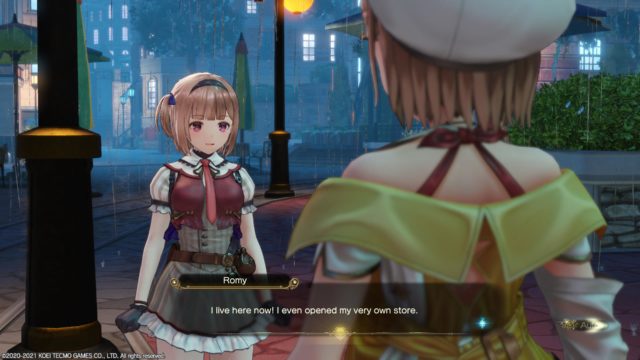
Synthesis has been improved slightly as well with the addition of Evolution Link and Essence Refinement. Essence Refinement allows you to change the elemental requirement on a material loop, basically allowing you to require an ice or wind item instead of a fire item. This can be helpful in some situations depending on the material loop items and dead-ends in other situations. This is far more useful on supporting material loops rather than the base ones. Evolution Link allows you to take a base Core Crystal (CC) item and evolve it using another CC item to give the first one a special EV effect. These are usually just small buffs that slightly improve the current CC item you have equipped. For the most part though, Synthesis remains the same, just with more options. Through the skill tree you’re now able to item rebuild an ungodly number of times, and initial synthesis can be built with 12 items with a fully unlocked skill tree. There are more options for free-form synthesis customization thanks to the skill tree.
Of the few complaints I have about the game, the one that stands out the most is how many damn skits I had to sit through. Right out the gate it is a constant nuisance and I would intentionally avoid some areas of the capital just to continue moving synthesis along. Quick travel is introduced immediately and when you select an area and it shows you each place you can quick travel to, it also shows you a small chibi portrait of the characters that you have skits with next to each location. On more than one occasion I opened up the capital’s quick travel only to find a character in every single location. Not to mention, there were a few sections in the game where after every single synthesis, a character would drop by to check on Ryza. When you’re trying to craft an item that requires a lot of synthesized items, this becomes unbearable. It’s nice that Tao is coming by to check on us and it’s cute that Klaudia misses Ryza so much she just needed to see her, but give it a break, guys. I don’t need someone stopping by after every synthesis, I don’t need to talk to the cafe owner every single time I drop by the bulletin board to take on new quests.
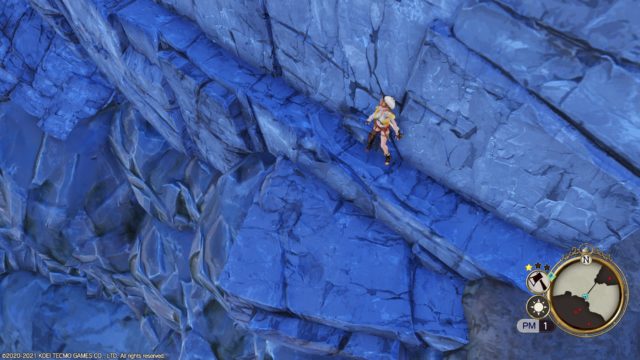
When you do take on bulletin board quests, you’re given cole and reputation with one of the eight factions inside the capital. I truly wish there was more involved in this reputation system. It seemed fairly tacked on. It basically boils down to lowering prices in shops, and flavor text about how much that faction respects you. I hope they flesh this addition out in future installments, it was fun to build rep but felt pointless and so secondary to just gathering cole and relieving your stash of items so you could put newer, better resources in there.
For the first few hours of Ryza 2, I thought they had just completely recycled the original soundtrack. However, after listening for a while I was pleased with some of the newer tracks, building onto an already excellent soundtrack. In this case, I felt like more of the same was actually a compliment. With the exception of one of the new character’s themes, Clifford, whose theme song reminded me of Shadow from Final Fantasy VI. While Clifford isn’t a ninja, he does come off as a mysterious treasure hunter and has the theme to go with the look. Unfortunately, it stood out in a bad way. The rest of the soundtrack was mesmerizing though, employing some of the tracks from the original game as well as some new tracks that stood out. I especially liked some of the tracks that appear in ruins later in the game, which I won’t discuss to avoid spoilers.
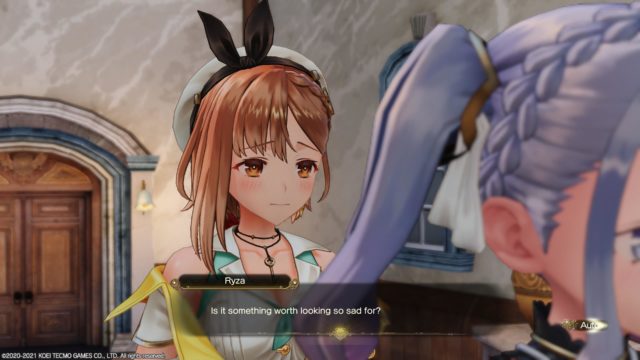
While I don’t encourage newcomers to play Ryza 2, fans of the first game should be rightly excited to play the sequel to the best-selling Atelier game of all-time. With improvements to an already fantastic combat system, new characters that add to an already fun and tightly knit cast, and continuing an already enjoyable and rewarding gameplay loop, Ryza 2 overall improves on Ryza 1. Don’t hold out on Atelier Ryza 2: Lost Legends & the Secret Fairy, if they weren’t separate games, it would feel like a familiar continuation of what happened in the Atelier Ryza: Ever Darkness & the Secret Hideout.
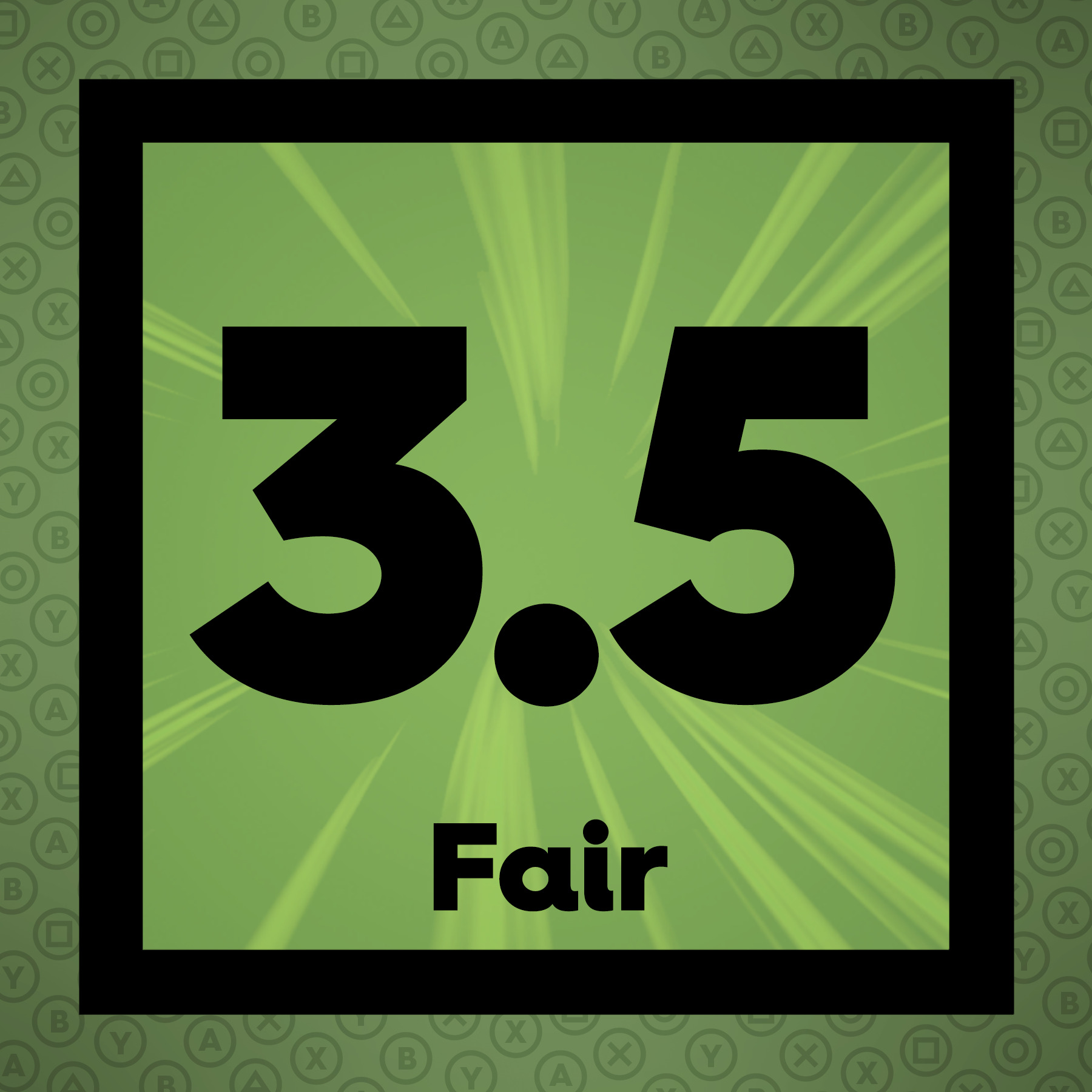 The Final Word
The Final Word
More of the same in this case isn’t necessarily a bad thing. Ryza 2 does little to break the mold, but what it does do is polish the existing formula. Existing fans should get a healthy dose of what they want, I know I did. If you’re new, play Ryza 1. If it grabs you, Ryza 2 will more than likely keep you going.
MonsterVine Rating: 3.5 out of 5 – Fair

